The.WishMaster
New Member
Hi All,
I have been running a community tank since last 5 months. Apart from some sick guppies that died everything has been going smooth. 4 days ago, one of my honey gouramis suddenly lost color and then next day a wound/scrape appeared on top of it. It was lying in the corner of the tank. I have taken it out and put it in a floating plastic bucket on top of the aquarium and I am changing its water daily. I don't know how to treat it and what is it. One of its eye is now fuzzy as well and its not eating anything. It only moves when it notices something is near.
I have tested tank's water. There is no Ammonia, Nitrite, or Nitrates. Ph is around 7.2 / 7.4 and Kh is around 8. I already changed 50% of the water 1 week ago. I now see that one more fish in the tank is sort of acting weird. Trying to scratch it self but it doesnt have any visible ICH or anything on it.
I would like to treat the whole tank with some all purpose medicines JUST to be sure that fishes that are there are healthy and anything hidden can be treated. How can I do it? Its a 180L tank. Temperature stays around 25 degrees. There are two filters and its heavily planted too with Co2 at 2 bbps.
Here are the fishes that are in it:
15 neon Tertras
2 Pearl Gouramis
3 Honey Gouramis (+1 in quarantine about to die)
4 Corydoras Pandas
2 plecos
6 Zebra Danios
2 Amano Shrimps
2 Golden Rams (1 of them is trying to itch/scratch its body against the sand and is acting a bit weird)
Attaching the pictures of Sick Honey Gourami and the Tank.
Thank you.
I have been running a community tank since last 5 months. Apart from some sick guppies that died everything has been going smooth. 4 days ago, one of my honey gouramis suddenly lost color and then next day a wound/scrape appeared on top of it. It was lying in the corner of the tank. I have taken it out and put it in a floating plastic bucket on top of the aquarium and I am changing its water daily. I don't know how to treat it and what is it. One of its eye is now fuzzy as well and its not eating anything. It only moves when it notices something is near.
I have tested tank's water. There is no Ammonia, Nitrite, or Nitrates. Ph is around 7.2 / 7.4 and Kh is around 8. I already changed 50% of the water 1 week ago. I now see that one more fish in the tank is sort of acting weird. Trying to scratch it self but it doesnt have any visible ICH or anything on it.
I would like to treat the whole tank with some all purpose medicines JUST to be sure that fishes that are there are healthy and anything hidden can be treated. How can I do it? Its a 180L tank. Temperature stays around 25 degrees. There are two filters and its heavily planted too with Co2 at 2 bbps.
Here are the fishes that are in it:
15 neon Tertras
2 Pearl Gouramis
3 Honey Gouramis (+1 in quarantine about to die)
4 Corydoras Pandas
2 plecos
6 Zebra Danios
2 Amano Shrimps
2 Golden Rams (1 of them is trying to itch/scratch its body against the sand and is acting a bit weird)
- Please let me know if its ok to treat all the fishes as a precaution?
- What medicines/anti-biotic I can use to treat them all
- How to use that said medicine ?
- Lastly, how to treat the sick gourami, should I even try?
Attaching the pictures of Sick Honey Gourami and the Tank.
Thank you.
Attachments
-
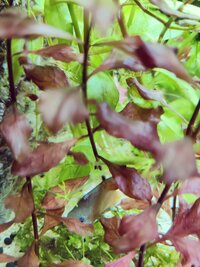 279634117_10168350199770206_2766345624239243269_n.jpg264.2 KB · Views: 294
279634117_10168350199770206_2766345624239243269_n.jpg264.2 KB · Views: 294 -
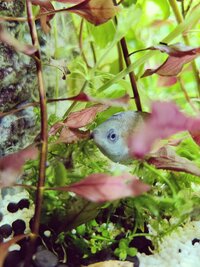 279523528_10168350199640206_44173146680167017_n.jpg367.8 KB · Views: 141
279523528_10168350199640206_44173146680167017_n.jpg367.8 KB · Views: 141 -
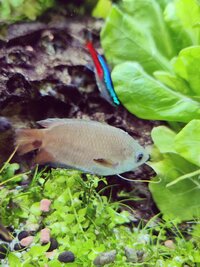 279582593_10168350171150206_4933621736147445823_n.jpg284.9 KB · Views: 135
279582593_10168350171150206_4933621736147445823_n.jpg284.9 KB · Views: 135 -
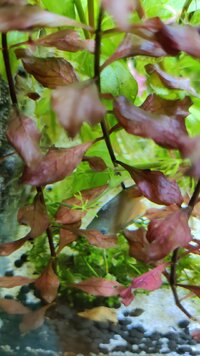 279218359_10168350198115206_8340886478125752028_n.jpg198 KB · Views: 166
279218359_10168350198115206_8340886478125752028_n.jpg198 KB · Views: 166 -
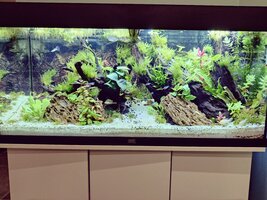 IMG_20220206_210411.jpg4.7 MB · Views: 135
IMG_20220206_210411.jpg4.7 MB · Views: 135





